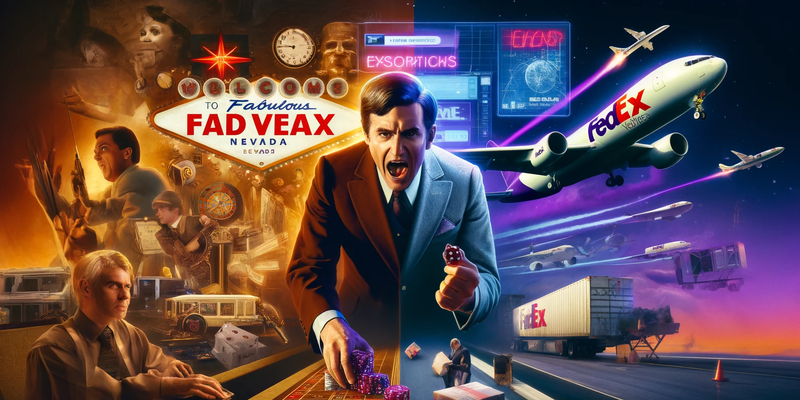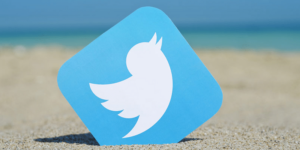
In the vast expanse of corporate tales, few stories blend audacity, risk, and sheer luck as remarkably as the rise of FedEx. This narrative not only showcases a pivotal moment in business history but also exemplifies a daring ethos that would define FedEx’s corporate culture. From an economics class project at Yale to a multinational logistics behemoth, the journey of FedEx underlines the unpredictable ventures of the business world.
The Birth of an Idea
In 1965, Fred Smith, then a student at Yale University, envisioned a network designed to expedite cargo shipments across the United States. His insight pinpointed significant inefficiencies in the predominant use of trucks for this purpose. Smith’s proposal was revolutionary, suggesting that airplanes could dramatically reduce the time it took for goods, especially urgent ones, to reach their destinations.
FedEx, originally known as Federal Express, sprang to life in 1971 and kicked off operations in 1973. Its initial business model was novel yet narrowly focused: transporting checks to enable quicker bank clearances, particularly in less accessible regions. This service was set to address the glacial pace at which check clearances occurred, sometimes taking as long as ten days.
The Pivot: A Change in Strategy
The original plan to transport checks, however, did not proceed as intended. When the Federal Reserve opted out of Smith’s proposed service, FedEx found itself with aircraft—two newly acquired falcons—and a staggering debt of $3.6 million. Instead of retreating, Smith recalibrated the company’s focus, adapting his resources toward a more expansive need in the market—time-sensitive package delivery.
The Las Vegas Gamble: From the Brink of Bankruptcy
In its infancy, FedEx faced monumental challenges. The most dramatic was perhaps when the company teetered on the edge of bankruptcy. With just $5,000 in the bank and a fuel bill amounting to $24,000, survival seemed unlikely. In a move that no textbook could justify, Fred Smith took what remained of the company’s funds to Las Vegas in a desperate bid to save his fledgling operation.
Against all odds, Smith’s foray into blackjack yielded $27,000, enough to cover the fuel and keep FedEx’s planes in the sky just a bit longer. “No business school graduate would recommend gambling as a financial strategy, but sometimes it pays to be a little crazy early in your career,” remarked Fred Smith. This unconventional strategy was not merely about the money—, rather it was a bold affirmation of Smith’s unwavering commitment to his vision.
FedEx Today: A Titan Transformed
From those perilous days, FedEx has evolved into a titan of industry. Operating across more than 220 countries, FedEx now boasts annual revenues exceeding $85 billion. The company has diversified far beyond its original express delivery services, involving itself in freight, critical logistics, and e-commerce solutions among others.
Lessons from FedEx’s Journey
FedEx’s story offers more than just a lesson in risk-taking—it highlights the importance of adaptability and bold leadership. As businesses operate in increasingly unpredictable environments, the ability to pivot and embrace potential risks can be as crucial as a well-formulated business plan.
Fred Smith’s gamble is a testament to the unpredictable nature of entrepreneurial success—sometimes, the most outrageous decisions are the ones that pave the way to monumental achievements. As we navigate the complexities of the modern business landscape, FedEx’s journey from near collapse to global dominance remains a powerful reminder of where courage and innovation can lead.
This tale is not just a recount of business survival; it is a parable of transformative vision and the undying belief in the payoff of perseverance, reminding us that sometimes, “a little crazy” is just another term for visionaries at work.
Edited by Rahul Bansal



![Read more about the article [Funding alert] Healthcare robotics startup Comofi Medtech raises Rs 2.15 Cr in seed round led by JITO Angel N](https://blog.digitalsevaa.com/wp-content/uploads/2021/04/Imagetqe7-1619519266921-300x150.jpg)






